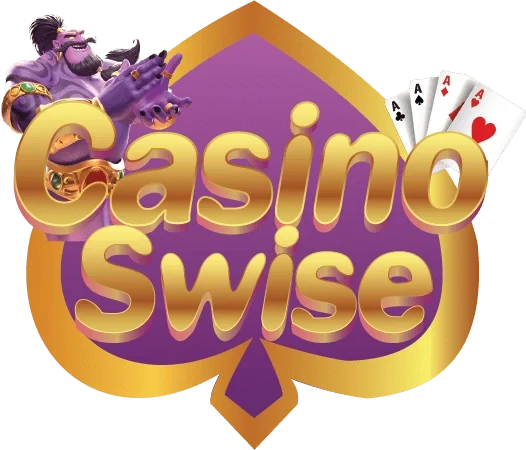Long before online gaming became ubiquitous, the PSP was already exploring new ways to bring players together. While it lacked the always-connected infrastructure of later consoles, it made creative use of local wireless, ad-babe138 link alternatif hoc connectivity, and even infrastructure play for certain titles. In doing so, the PSP gave rise to a social gaming scene that was unique to its era and incredibly impactful.
Nowhere is this more evident than in Monster Hunter Freedom Unite, a game that exploded in popularity thanks to its cooperative multiplayer design. While the learning curve was steep, the satisfaction of taking down enormous monsters with friends quickly made it one of the best PSP games of all time. Players in Japan and abroad would gather at cafes, parks, or classrooms, linking up their devices to share strategies, loot, and moments of victory.
Games like SOCOM: U.S. Navy SEALs Fireteam Bravo and Killzone: Liberation further expanded the multiplayer experience. These PlayStation games were scaled masterfully for the PSP, offering strategic combat with robust online and ad-hoc options. The ability to communicate, coordinate, and compete added a layer of engagement that extended the lifespan of these titles far beyond their single-player campaigns.
These multiplayer experiences helped shape a generation of gamers who saw the handheld not just as a solo device, but as a community tool. The PSP may not have had the constant connectivity we expect today, but it built a culture of co-op play that predates modern mobile and Switch multiplayer trends. It demonstrated that even in a pre-4G world, meaningful, memorable multiplayer could thrive—if the games were built for it.
